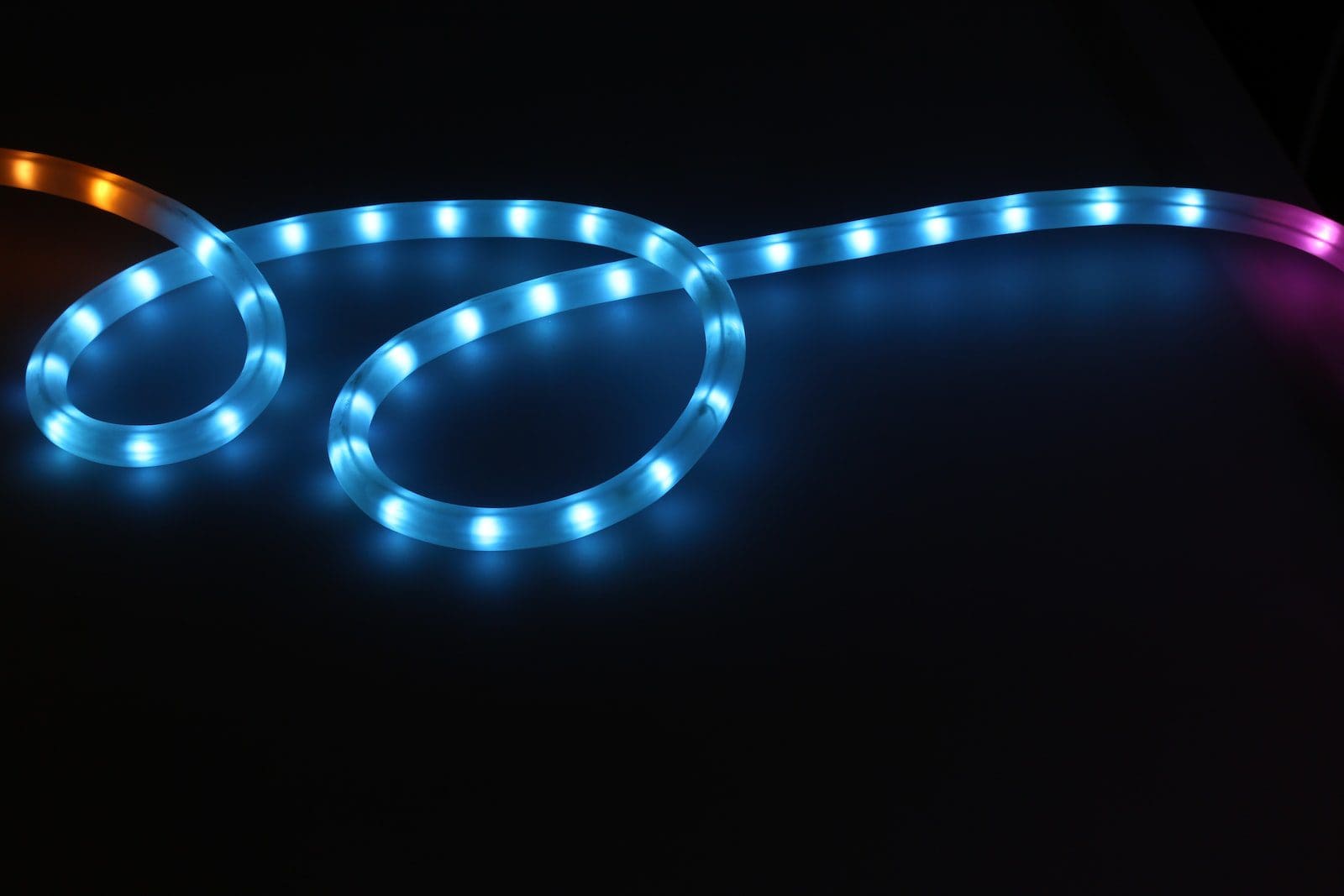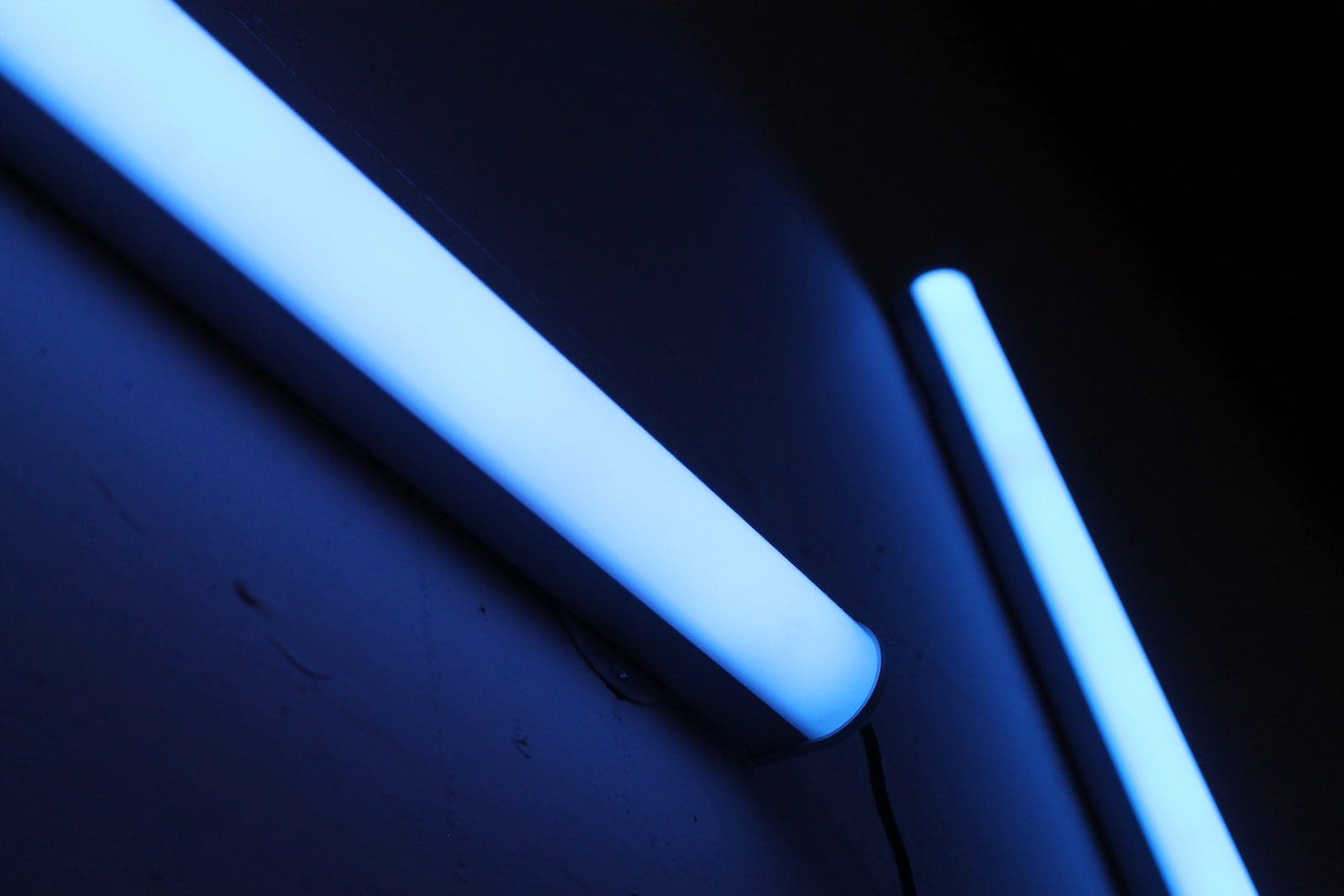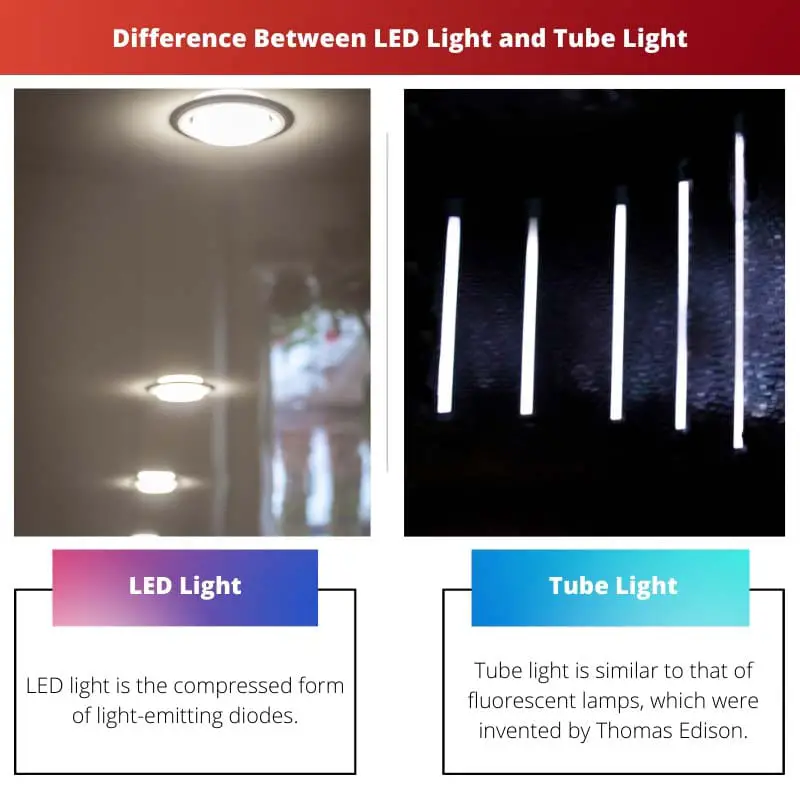The discovery of light has revolutionized the world in many ways. After Thomas Edison invented the light bulb, it helped in bringing light even after sunset.
Key Takeaways
- LED lights are more energy-efficient and have a longer lifespan than tube lights, which consume more energy and have a shorter lifespan.
- LED lights are eco-friendly and do not contain any harmful chemicals, while tube lights contain small amounts of mercury, which can be harmful if not disposed of properly.
- LED lights emit directional light, while tube lights emit omnidirectional light.
LED Light vs Tube Light
An LED light is the acronym for light-emitting diode. They are designed in a compact size for convenience and portability. LED lights have a lifespan of 60000 hours and have a low power consumption of 10 watts. Tube light is produced by fluorescent phosphors inside the cylindrical tube. They have a lifespan of 10000 hours and have a high power consumption of 43 watts.

LED light is a compressed form of Light Emitting Diodes. The efforts of Nick Holonyak Jr. in 1962 led to the invention of LED light, a visible red light.
Tube light is quite similar to a fluorescent lamp which was discovered by Thomas Edison in 1806. The tube light was though invented by Peter Cooper Hewitt in the year 1903.
Comparison Table
| Parameters of Comparison | LED Light | Tube Light |
|---|---|---|
| Size | Compact size | Quite large in size |
| Life Span | 60000 Hours | 10000 Hours |
| Power Consumption | 5 times less compared to tube light | 5 times more compared to LED light |
| Efficiency | Great efficiency | Less efficient |
| Uses | Flashlight, vehicle headlight, desk lamps, and electronic devices | In a large warehouse, in one big room |
What is LED Light?
LED light is the compressed form of light-emitting diodes. These were invented in 1962 by Nick Holonyak Jr., also known as the ‘Father of Light Emitting Diode.’
The LED light source, with time, does not burn out of fail compared to other light bulbs. Instead, the light source of the LED reduces with time, and the visible light which emits out starts getting dim.
Nowadays, there are many options available in the market, but still, it is recommended to customers to purchase light bulbs with energy star ratings.

What is Tube Light?
Tube light is similar to that of fluorescent lamps, which Thomas Edison invented. The tube light was invented in the year 1903 by Peter Cooper Hewitt.
The components of the tube light which are used to manufacture it are – Glass stem, end cap, mercury drop, filament coils as an electrode, phosphor-coated glass bulb, inert gas (i.e., argon), and electron shield.
Violet rays (or UV rays) into the visible light spectrum with the help of phosphor coating present inside the glass tube, which then emits the visible light and the tube is illuminated.

Main Differences Between LED Light and Tube Light
- The efficiency of the LED Light is quite great, while the efficiency of the tube light is less compared to that of LED Light.
- LED Light can be used for various purposes, such as in flashlights, vehicle headlights, desk lamps, and electronic devices, while on the other hand, tube lights are used in large rooms with less light requirements, and also used in large warehouses.

References
- https://www.ncbi.nlm.nih.gov/pmc/articles/PMC3544129/
- https://link.springer.com/chapter/10.1007/978-94-011-1856-9_33
- https://link.springer.com/article/10.1007/s13312-010-0020-7
- https://books.google.co.in/books?hl=en&lr=&id=AnbsCAAAQBAJ&oi=fnd&pg=PA326&dq=difference+between+led+light+and+tube+light&ots=1cBRpDAGg3&sig=aR7EqmEUjwJ99sr05Keh1f-vsT8&redir_esc=y#v=onepage&q=difference%20between%20led%20light%20and%20tube%20light&f=false